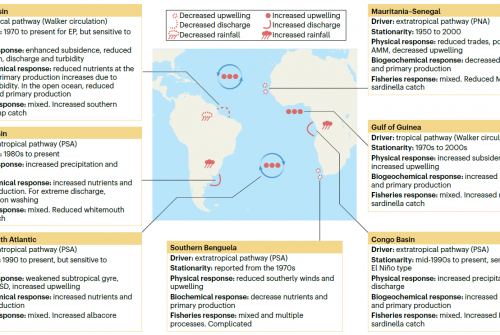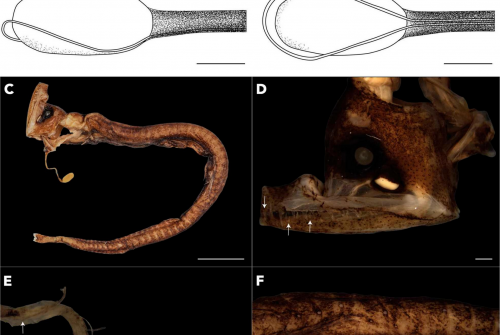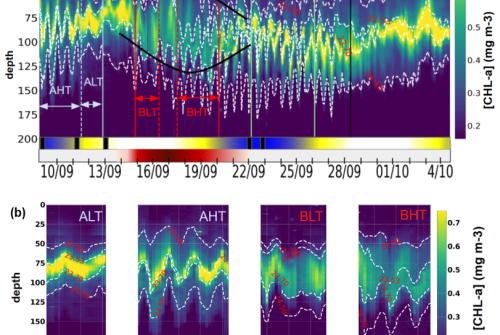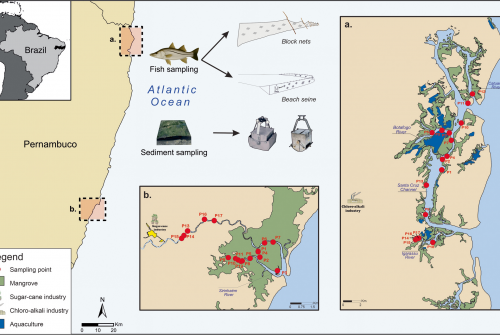
Geostrophic currents derived from altimetry are used to investigate the surface circulation in the western tropical Atlantic over the 1993–2017 period. Using six horizontal sections defined to capture the current branches of the study area, we investigate their respective variations at both seasonal and interannual timescales, as well as the spatial distribution of these variations, in order to highlight the characteristics of the currents on their route. Our results show that the central branch of the South Equatorial Current and its northern branch near the Brazilian coast, the North Brazil Current component located south of the Equator, and the Guyana Current have similar annual cycles, with maxima (minima) during late boreal winter (boreal fall) when the Intertropical Convergence Zone is at its southernmost (northernmost) location. In contrast, the seasonal cycles of the North Brazil Current branch located between the Equator and 7–8∘ N, its retroflected branch, the northern branch of the South Equatorial Current to the west of 35∘ W, and the North Equatorial Countercurrent show maxima (minima) during late boreal summer (boreal spring), following the remote wind stress curl strength variation. West of 32∘ W, an eastward current (the Equatorial Surface Current, ESC) is observed between 2–2∘ N, identified as the equatorial extension of the retroflected branch of the North Brazil Current. It is part of a large cyclonic circulation observed between 0–6∘ N and 35–45∘ W during boreal spring. We also observed a secondary North Brazil Current retroflection flow during the second half of the year, which leads to the two-core structure of the North Equatorial Countercurrent and might be related to the wind stress curl seasonal changes. To the east, the North Equatorial Countercurrent weakens and its two-core structure is underdeveloped due to the weakening of the wind stress. At interannual scales, depending on the side of the Equator examined, the North Brazil Current exhibits two opposite scenarios related to the phases of the tropical Atlantic Meridional Mode. At 32∘ W, the interannual variability of the North Equatorial Countercurrent and of the northern branch of the South Equatorial Current (in terms of both strength and/or latitudinal shift) are associated with the Atlantic Meridional Mode, whereas the variability of the Equatorial Surface Current intensity is associated with both the Atlantic Meridional Mode and Atlantic Zonal Mode phases.
DOI: doi.org/10.5194/os-19-251-2023
Reference
Dimoune, D. M., Birol, F., Hernandez, F., Léger, F., and Araujo, M. 2023. Revisiting the tropical Atlantic western boundary circulation from a 25-year time series of satellite altimetry data, Ocean Sci., 19, 251–268,








